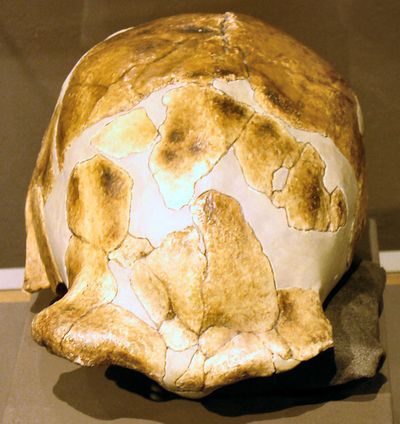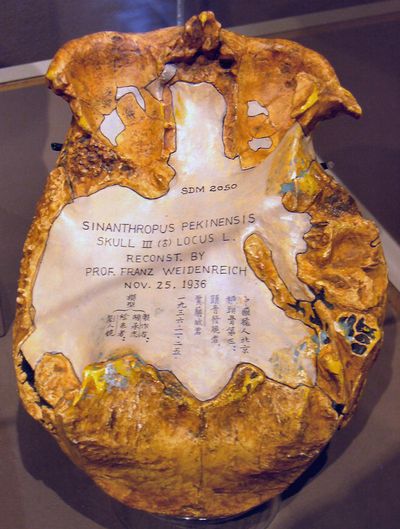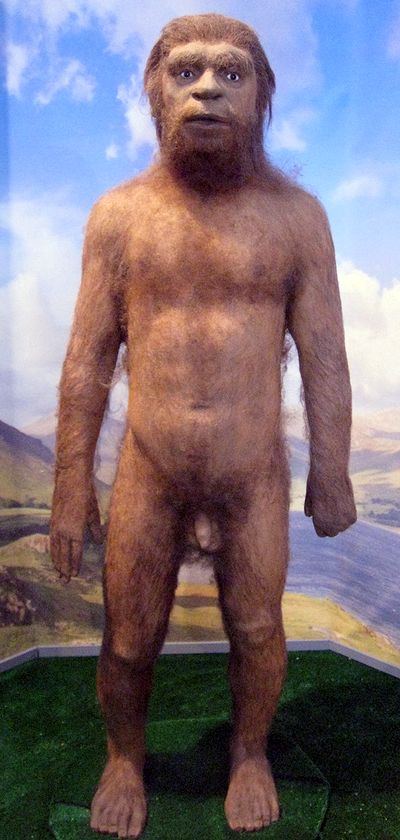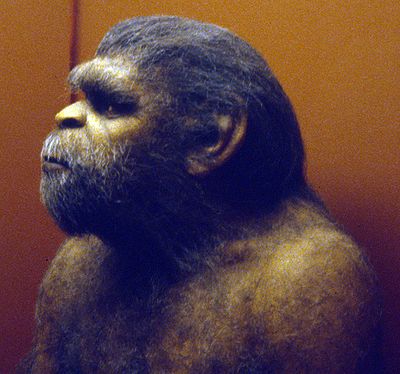
Cast of the Original Peking
Man Skull
(San Diego Museum of Man)
|
Go to Essential Fossils index. Go to site main page. Open Fossils Glossary, Charts. |
Content created 2010-10-05, revised 2012-04-13 File last modified: Go back to H. ergaster. Go ahead to H. heidelbergensis. Go ahead to H. neanderthalensis, Denisovans. |



